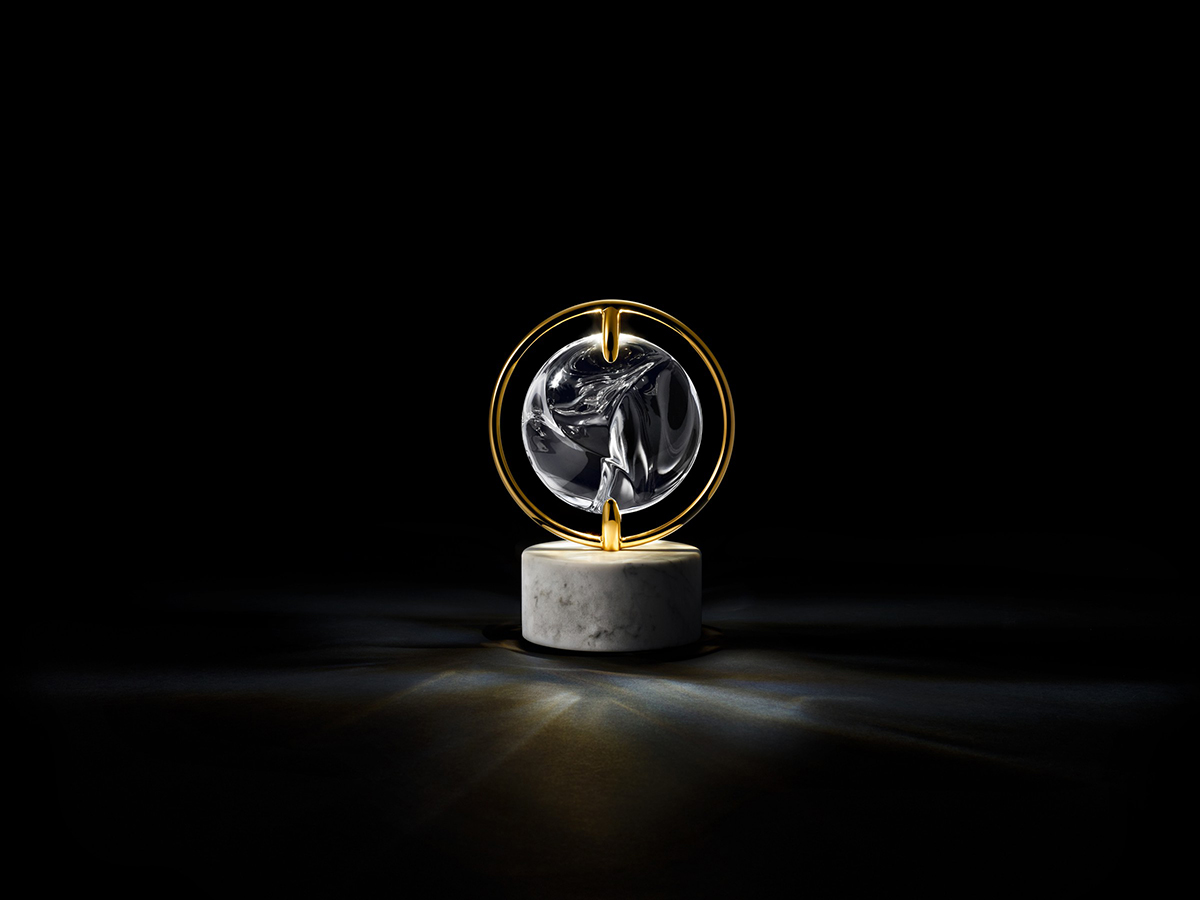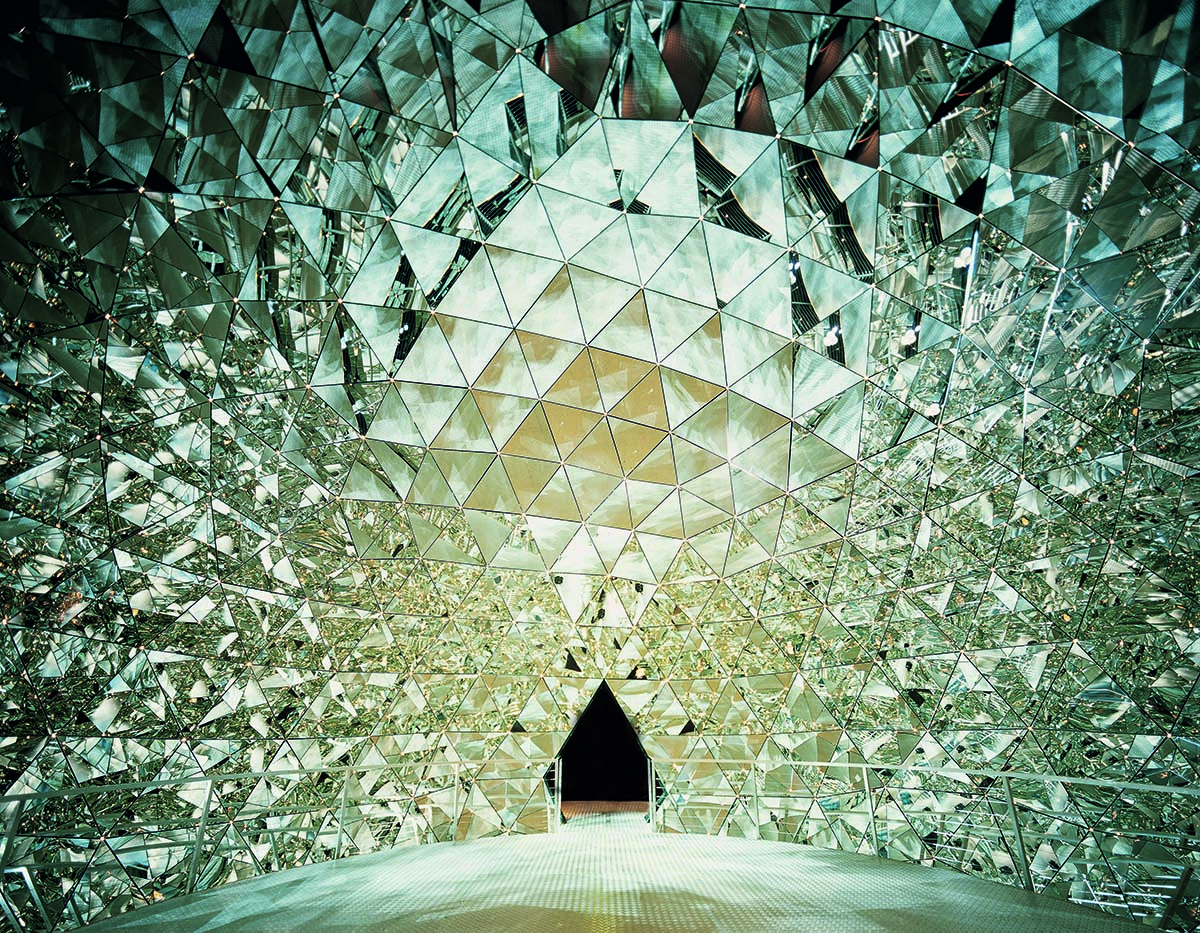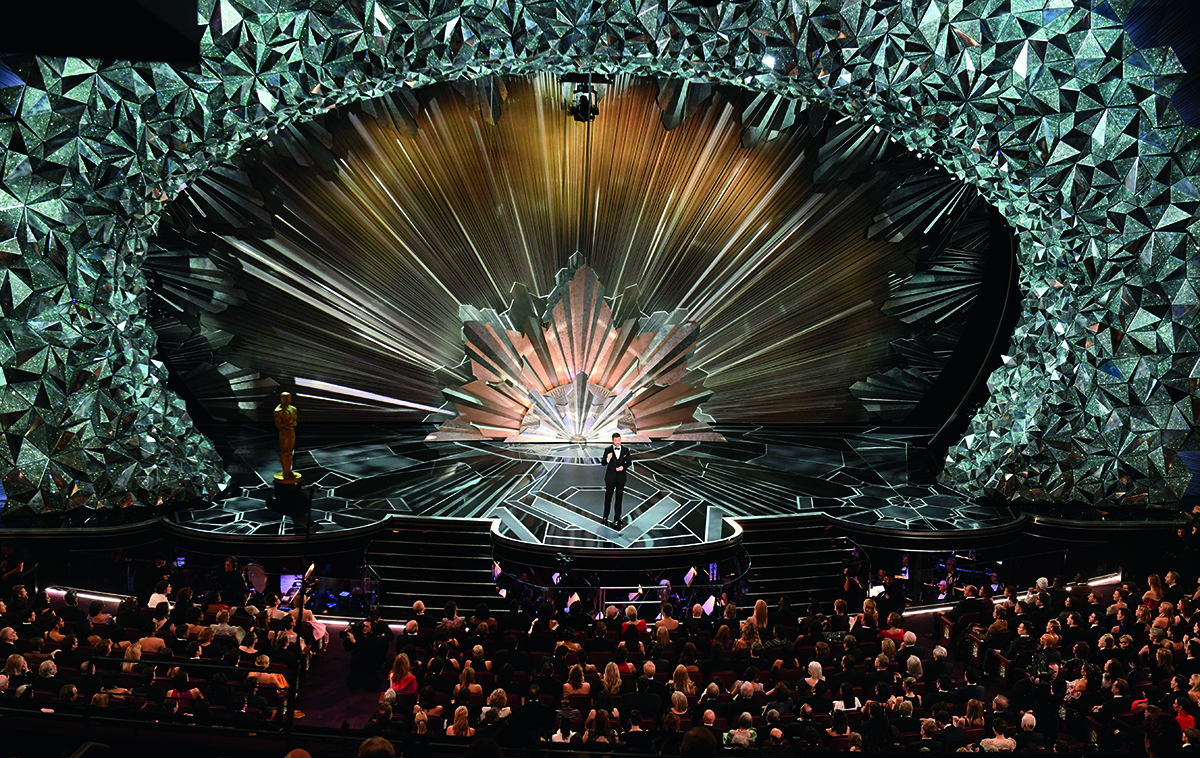
The Bouquet Light designed by Tord Boontje for Habitat in 2014
For product designer Tord Boontje, material is all. Whether made from upcycled blankets or crystals, his designs for anything from chandeliers to self-assembly chairs marry function with his signature playfulness. Torri Mundell meets him (virtually) at his new studio in London to talk about his work while normal life has been on hold

Tord Boontje
Few occasions compel you to tidy your surroundings like the prospect of a Zoom video call with a globally renowned product designer. What would Tord Boontje, the former Head of Design Products at the Royal College of Art and the originator of one of Habitat’s most successful home accessories of all time (the Garland light, first launched in 2002), make of a design civilian’s cluttered kitchen?
Follow LUX on Instagram: luxthemagazine
Thankfully, Boontje’s aesthetic is not calibrated towards austere minimalism. In fact, he is renowned for injecting notes of whimsy or romance into contemporary design. On a virtual tour of his bright new London studio, you can spot a few of his artful pendant lights as well as shelves full of intriguing decorative pieces, prototypes and ephemera. He also points out the drawing and photographs tacked on the walls: “It helps me to look at something and slowly think about it over weeks. And I like having materials around that you can pick up.”

Transglass vessels for Artecnica, 1997. Image courtesy of Artecnica. © Jerry Garns Studio 20111
Materials – and sustainable materials in particular – have always been a preoccupation for the Dutch-born designer; his early 1998 Rough and Ready furniture collection combined simple wood with upcycled old blankets and discarded packaging. And though he is an advocate for accessible design, he also collaborates with luxury brands when they offer an opportunity to “use really good materials, make [designs that are] long lasting and manufactured in an ethical way”. Moroso, with whom he has collaborated on a range of seating, is a good example. “There’s an honesty with the materials they use. It’s not cheap, but it’s worth it. I feel uncomfortable about making things look expensive just for the sake of it.”

The Lustrous Aura chandelier for Swarovski, 2017. Image courtesy of Swarovski
Boontje graduated from the Royal College of Art with a master’s degree in 1994 and he established Studio Tord Boontje in London two years later. Since then, two decades of launching new products and collaborating with clients has honed his creative process. He knows, for instance, to treat a new idea tenderly. “It’s good to have lots of opinions, but ideas can only develop with people you trust,” he says. He often talks them over first with his wife, Emma, an artist. And only after sketching and creating models from paper, card or foam, will he work on screen. “My colleague Tommy usually does the 3D modelling. It’s better at that stage to be one step removed; I can be more objective about what’s in front of us.”


The Transglass chandelier, 2015 (top) and the Tangle Globe ceiling light, 2011. Both designed for Artecnica. Images courtesy of Artecnica
He finds himself endlessly inspired by light. “When I walk around in a city or a forest, I always look at the way light reflects on the buildings or filters through leaves on the trees and makes patterns and shadows… Lighting can also make a huge impact on space, not just decoratively but in the light it casts into the room.” This fascination has shaped some of his best-known designs, from the aforementioned Garland, to Icarus, the feathery paper shade he developed with Artecnica, to the crystal chandeliers he reimagined for Swarovski and Sun – Light of Love for Foscarini.
Read more: Superblue’s experiential art centres & innovative business model
For Boontje, lockdown has been a creatively productive time. “A lot of my projects with clients have been on hold, so I’ve had time to reflect and to look into products I can make independently.” Studio Tord Boontje’s latest collection from 2020 is called Do-It-Together, debuting with a pendant light of organic cotton that customers can customise and a handsome self-assembly wooden chair. The chair’s components – the birch plywood seat and back, the solid beech frame, and the bolts and wing nuts – arrive in a package ready to be assembled at home. “We also give suggestions about how you can colour your chair, using skins from beetroots, or how to paint it with natural beeswax or oils,” he adds.

The Radiant table light for Swarovski, 2019. Image courtesy of Swarovski
Offering customers the inspiration to make something from scratch taps into a spirit of resourcefulness that feels very current. “During lockdown, we saw sales of arts and crafts and sewing machines shoot up. We want the pleasure of new things, but we’re changing our relationship with how we consume them.” Will we hold on to things longer if we had a hand in making them? “Absolutely. People who make their own things also learn how to fix them if they break,” he says, before adding, “The more you put into it, the more you get out of it.”
Find out more: tordboontje.com
This article was originally published in the Summer 2021 issue.


















Recent Comments